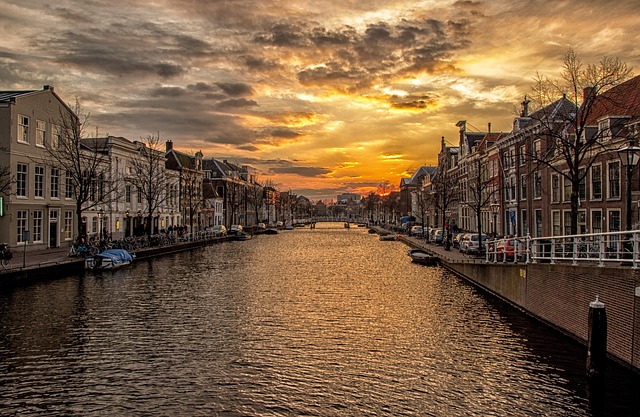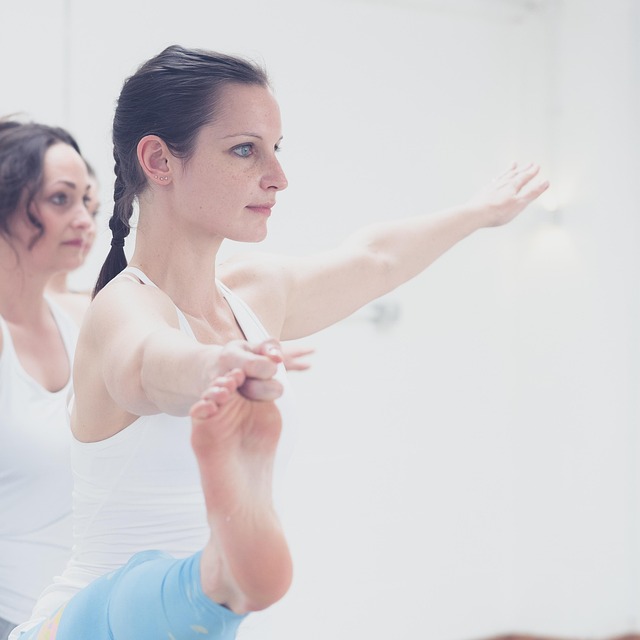When it comes to capturing the perfect shot, understanding high dynamic range (HDR) photography is key for any serious photographer. Just imagine standing before a breathtaking landscape, where the vibrant hues of the sunset melt into the cool shadows of the trees. This is where HDR techniques can transform your photos from ordinary to extraordinary. By utilizing a camera’s dynamic range to its fullest, you can create images that encapsulate the full spectrum of light, giving your audience an experience that’s as close to reality as possible.
HDR photography is all about optimizing exposure. It requires a balance that many aspiring photographers struggle to achieve. A camera capable of capturing a wide range of tonal variation is essential for this practice. You may already have some incredible optics in your photography arsenal, but the true magic lies in knowing how to manipulate light and shadows to your advantage. For instance, taking multiple exposures of the same scene at varying levels can help you merge them later in post-processing, crafting an image that tells a complete story.
Think about the moments in life that leave you breathless—sunsets, city lights twinkling at night, or even a crowded market buzzing with activity. These scenes often contain extreme highlights and deep shadows, challenging the limitations of conventional photography. Here, HDR techniques become invaluable. By learning how to layer these images skillfully, you can create depth and ensure that both the brightest and darkest elements coexist harmoniously in a single frame.
To truly master HDR, one must also consider the equipment used. Having a sturdy tripod is essential for maintaining consistency between shots; even the slightest movement can result in misalignment when blending photos in post-production. Additionally, a camera with a fast processing speed allows you to quickly adjust settings and capture those fleeting moments of perfect light. Coupled with lenses designed for optimal clarity, your potential for creating stunning HDR images is significantly enhanced.
While it may seem daunting at first, immersing yourself in the world of HDR photography can be incredibly rewarding. Explore different lighting conditions, challenge yourself to work with contrasting materials in your compositions, and don’t shy away from using software that simplifies the blending process. The more you experiment, the more proficient you’ll become at capturing those impactful moments that define your photographic style.
As you delve deeper into the techniques of HDR photography, remember that the ultimate goal is to evoke emotion. A well-executed HDR image should pull viewers into the scene, making them feel as if they are right there alongside you. So grab your camera, strike up the creativity within, and let the captivating world of HDR unfold before your eyes!



